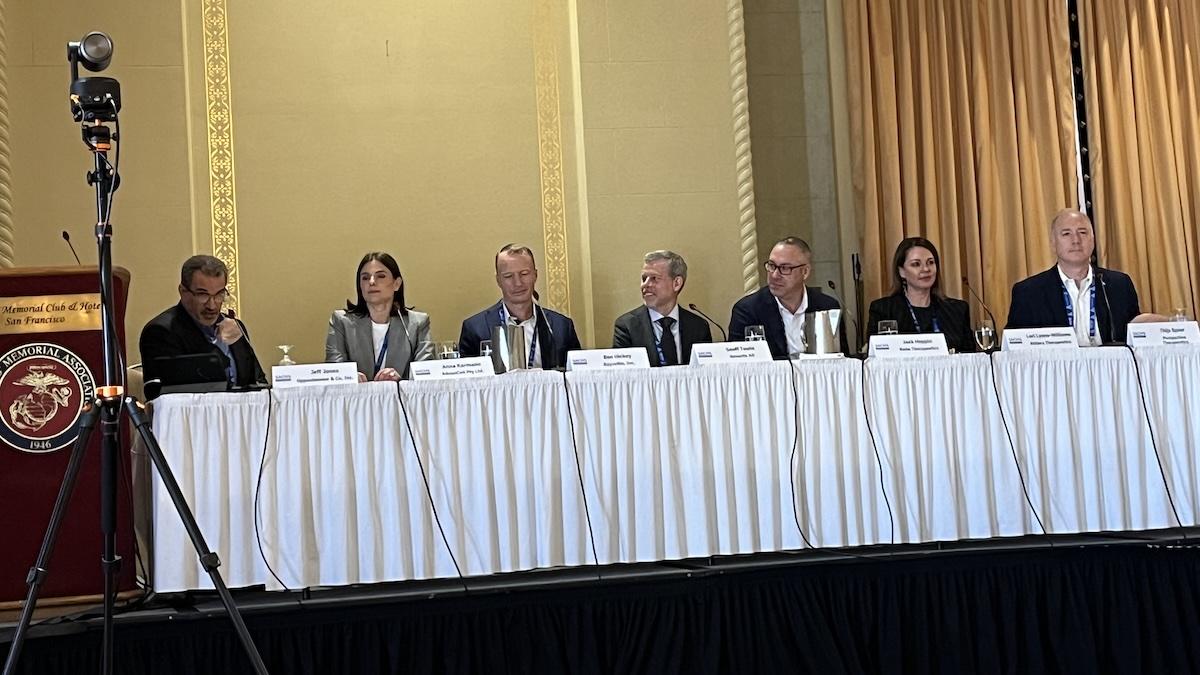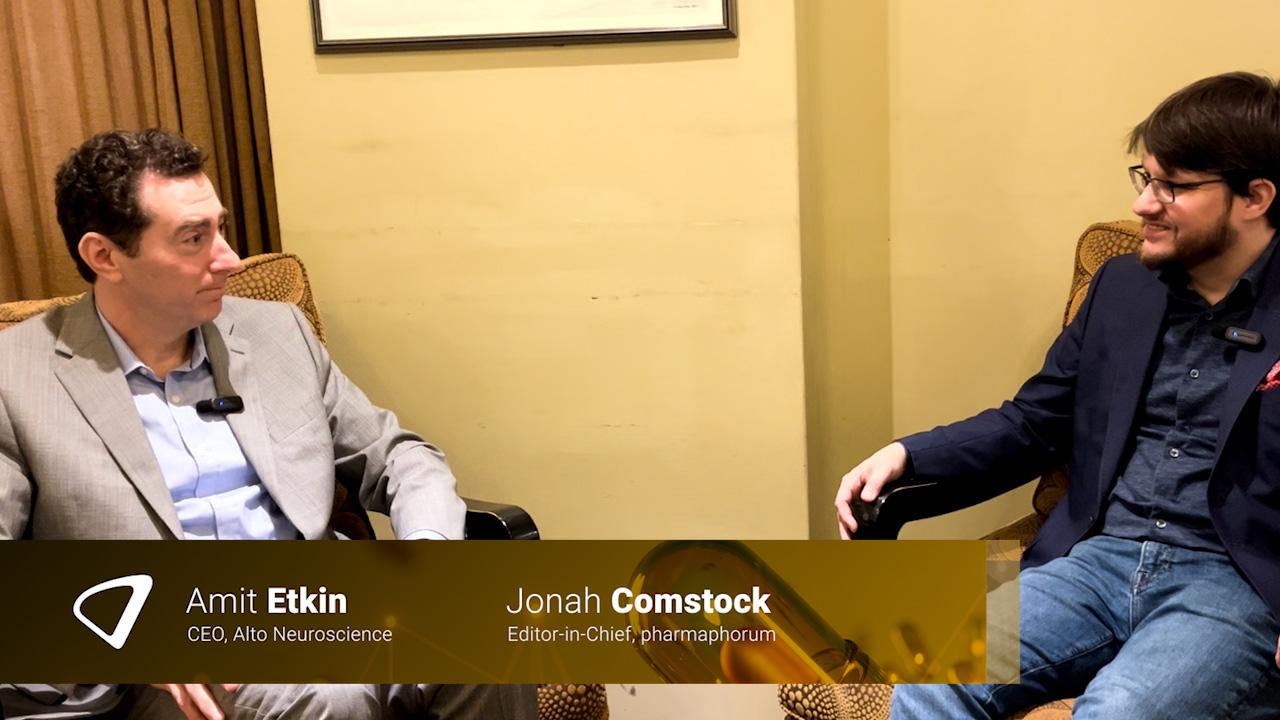Value of creativity in healthcare

Although the ROI from creativity can be difficult to measure, it can bring about effective and lucrative solutions, reports Craig Sharp.
Creativity can be a divisive issue in business, often being seen as intangible or something 'nice to have' – certainly not something that has a place in an industry as rooted in science and hard facts as healthcare or pharmaceuticals. But new technologies are influencing our industry in a way that is often out of our control.
Patient adherence is a growing issue. For example in 2013 one of the biggest avoidable healthcare expenses in the US was non-adherence, costing the industry $105 billion. We see as many as one-in-four patients self-diagnosing on the internet, while many would prefer to use online means to communicate with their physicians. These are issues that are begging for a creative solution. And only by overcoming the fear of experimenting with the unknown and embracing creativity during this volatile period of change, can many of these issues be address with any real effectiveness.
Measuring the intangible
One of the most contentious issues with creativity is the perceived lack of measurement. As novel solutions to a problem often demand a high price, it is imperative to be able to report success or failure. Creativity, like anything else in business, demands a definable ROI.
At a recent event hosted by the IPA Healthcare Group, Philip Thomas, CEO of Lions Festivals, discussed the issue of quantifying creativity at length. Philip has been the custodian of Cannes Lions – often seen as the global hub of media innovation and creativity – since 2006. In that time, he's come to learn what makes creativity worth fighting for.
Philip found that winners of the Cannes Lions 'Advertiser of the Year' – companies at the peak of their creative output – coincide with a massive rise in company share price. It isn't an unknown phenomenon either. New Zealand author of 'The Case for Creativity', James Hurman, dedicates an entire chapter of his book to winners of the highly coveted Advertiser of the Year award.
"James looked at the other businesses that have won this award and he noticed that, actually, it happened in rather a lot of cases," said Philip. "He saw that it happened with McDonalds when they won it in 2014, he saw it happen with Unilever, Volkswagon, P&G and Honda.
"He really goes into detail about this strange correlation between businesses that are doing great creative work and their actual stock price. It's a very detailed piece of work. It is the only argument you'll ever need with anybody that doesn't believe in creativity."
From mainstream media to healthcare
McDonalds and Unilever are all very well and good, but the pharmaceutical industry is, of course, a very different beast. Depending on the market, you may not even be able to advertise directly to the patient. However one can argue that the core principle is the same, it just requires a slightly different approach.
At the same IPA presentation, psychologist and 'choice architect' at Ogilvy & Mather, Dan Bennett, discussed the importance of System 1 and System 2 brain functions in creativity. Put simply, System 1 is our autopilot, processing decisions and actions on a subconscious level – the decisions we make with no thought. System 2, on the other hand, is when we engage the conscious brain in order to properly analyse our decisions. It is said an adult makes around 35,000 decisions a day; many of these are processed using System 1, and then rationalised using System 2.
As Dan explained, by creating solutions that employ the principles of System 1 and System 2 thinking, brands can influence the decision-making process. This is something that can most certainly be utilised in addressing many of the issues faced within healthcare.
Providing an example of System 1 thinking at work, Dan described an experiment his team had conducted to look at medication adherence. They recognised that often non-adherence can be triggered by System 1 thinking. If the body feels better, the brain concludes that it is time to stop taking tablets, whether the course is finished or not. As we know, failing to complete a course of antibiotics, for example, can lead to an infection returning.
To combat this, Dan's team 'prescribed' a group of patients a course of 24 pills but, rather than have those pills all the same colour, they made the first 18 white, and the final six red. This small difference made a huge impact on adherence levels. "People made a psychological inference that the last pills would need to be taken as they're slightly different, and would be more likely to take them," Dan said. "When you have the red pills at the end, people are more likely to take them, you get an increase of around 36%."
Another example looks at adherence to medical appointment, another costly issue in the healthcare system. One surgery conducted a simple experiment to try to improve attendance rates. Rather than have the receptionist fill out an appointment card, they gave it to the patient to complete. By making that simple change, the patient's System 2 brain function was actively engaged and, for many, this meant the appointment was much easier to remember and the surgery saw an increase in medical appointment attendance of 12%.
Creativity 'is not out of reach'
Creativity is not just the purview of the advertisers and it certainly isn't out of the reach of the healthcare industry or pharma companies. Of course, employing the help of a seasoned agency with years of experience in this field can be invaluable, but it's something we should all be thinking more about day to day. If creativity is built in to the fabric of projects and initiatives, the chances for success increase.
Philip Thomas demonstrated quite clearly the business case for creativity during the IPA presentation, and Dan Bennett provided some exciting examples of how science can be used creatively to influence thinking and habit forming. The night's presentations ended with a list of 5 Golden Rules for employing and working with an advertising agency.
Five golden rules for getting the most out of your advertising agency
1) Make it a business challenge
Don't just give your agency the standard marcomms outline. "We need a whitepaper that addresses a, b and c" does not leave much room for creativity. Approach your agency with the goal in mind – "We want to engage X number of senior decision makers" or "we want to inspire patients to live healthier lives" – and you'll give creativity much more room to breathe.
2) Focus on changing behaviour
What change, and by whom, is needed for you to get a tangible result? Is this change in patient habits? Or physician attitudes to detailing? Be clear about your goals.
3) Ensure you ask the right questions
Don't just gather information for information's sake. What use are group insights if you know their behaviour will change the minute the study is complete? Use the right kind of research to get real-world insights, not those under control conditions.
4) Be brave in your decisions
Trust your instincts and don't be afraid to have a point of view. As was mentioned during the presentation, "nobody ever got fired for hiring IBM", but then going the safe route is not going to get you creative or industry-defying results either.
5) Make sure tactics come last
The project should be about the goal. The tactics are simply a means to an end – the vehicle for the real idea. Focus on rules 1-4 and, once you're clear on those, the method of delivery will present itself naturally.
Of these rules, the one that stood out as being particularly relevant to the industry was: be brave.
In a space as heavily regulated and closely scrutinised as pharma, it is easy for creativity to wither on the vine when doubts set in. But, as the IPA outlined, unless you can trust your instincts once in a while and take a risk, you'll never employ the level of creative disruption required to address some of the more chronic issues facing healthcare today.
About the author:
Craig Sharp is a freelance journalist and content marketer. He has over eight years of business journalism experience in the healthcare, process excellence and display advertising industries. Before going freelance, he was at processexcellencenetwork.com and, prior to that, eyeforpharma.com.










